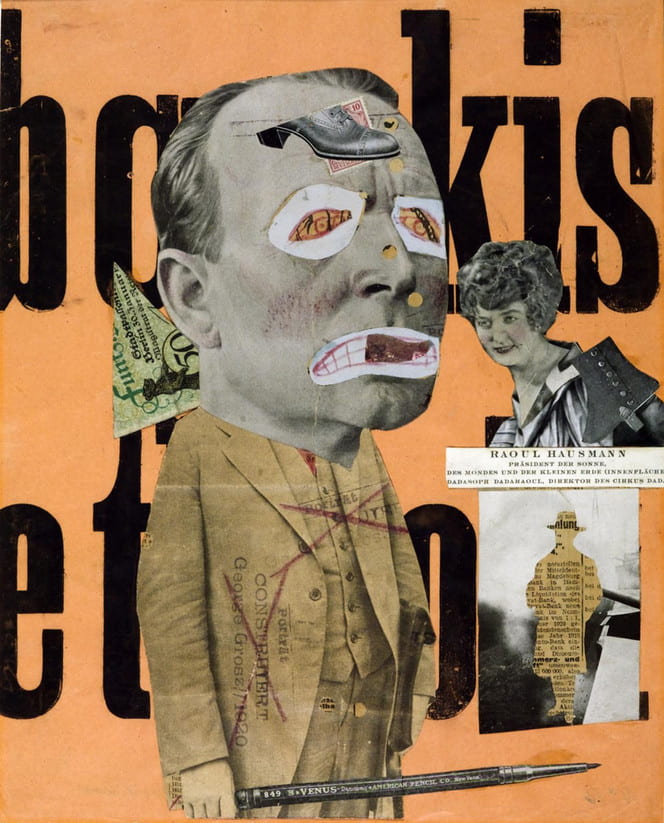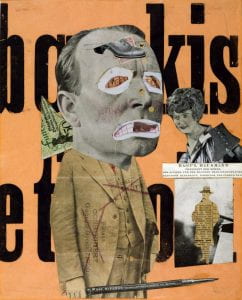More than 20 curious students, faculty, and members of the Pioneer Valley community hopped onto Zoom on March 24th, 2021 to find the answer to the question, “How do the humanities and artificial intelligence connect?” The talk was facilitated by Visiting Professor Lee Spector, who founded Amherst College’s Arts in the Liberal Arts initiative this spring. Assistant Professor at UMass Amherst, Laure Thompson broke down the initial question into three: Firstly, what do machine-learning models actually learn? Secondly, how do we direct them towards specific fields that are ripe with possibility? Finally, how do we combine the conclusions from the previous questions into a fruitful effort for both the humanities and AI?
To examine these questions, Thompson introduced the avant-garde “Dada” art movement, which began as a reaction to the “horrors and folly” of World War I. As a result, the work in this style embodies a chaotic nature, one that pushed aside typical conventions of art in an effort to redefine what art is. Currently, computer scientists have already trained machine-learning models to identify dog breeds, dishwasher brands, and doormats, but could AI really recognize such complex art and identify it as Dada?
First, they wanted to determine if AI could recognize sheet music, which is simpler and more uniform than Dada art, yet more complex than photographs of dogs. This became their “proof of concept,” a side-project that aims to prove the feasibility of the original one.
The computer scientists discovered that you can train AI to recognize sheet music, and to learn from its mistakes (that is, labeling a photo incorrectly). Focusing on the characteristics of the object was key. In this instance, the machine-learning algorithm focused on vertical and horizontal lines that were shaped into structures; as human beings, you and I call them staffs and ledger lines. They proved the concept, thus, the race was on, and the computer scientists began to train the AI to recognize Dada art. They wanted to find out, and pulled photographs of Dada artwork from a large data set belonging to Princeton’s Blue Mountain Project. Using an “off-the-shelf tool from Github,” a platform that hosts code and open-source projects, they began modeling.
Obstacles immediately began to emerge. Though they already knew that Dada art was more complex to categorize than sheet music, they might have underestimated its complexity. First of all, the artwork is abstract and oftentimes nonlinear; moreover, some pieces utilized color, while others did not. This complexity and variance caused challenges with the AI’s categorization systems. Thus, the machine learning model had to discover what were the movement’s defining characteristics, and what were not.
In her conclusion, Thompson emphasized one fact: the collections of artwork, artifacts, etc. from humanities research can break models. Such collections often have “rich collecting histories,” and some may include three-dimensional items, with multiple sides and multiple views. As a result, these collections complicate the model a little bit. Though this appears to be an obstacle, Thompson highlights it as a learning opportunity: here is a chance for the humanities and machine learning to help each other! The former helps broaden the breadth and depth of technology, and the latter simplifies the job of processing information. As the two fields begin to intersect, there is a rich and multifaceted future of possibilities to look forward to.


You must be logged in to post a comment.